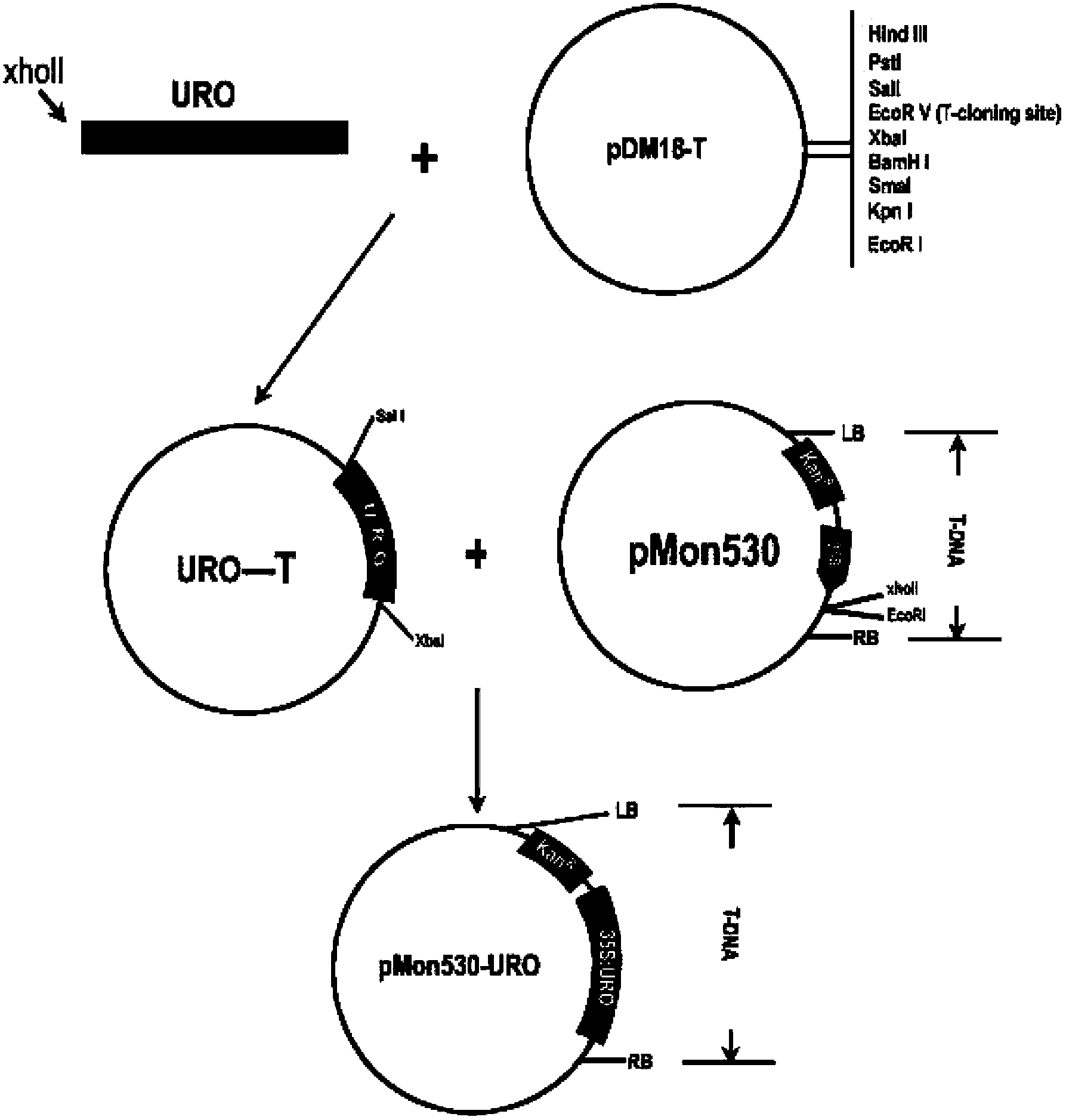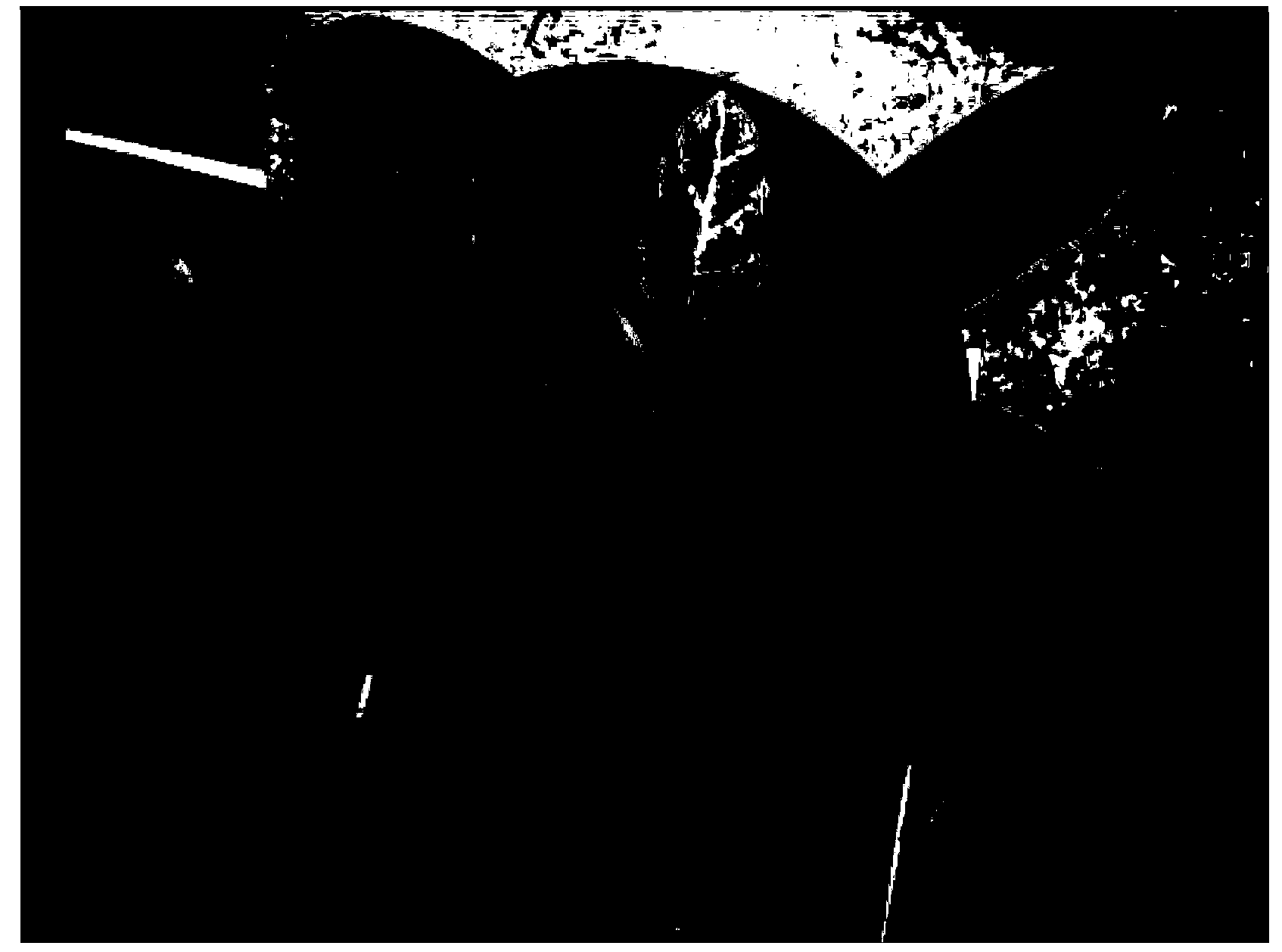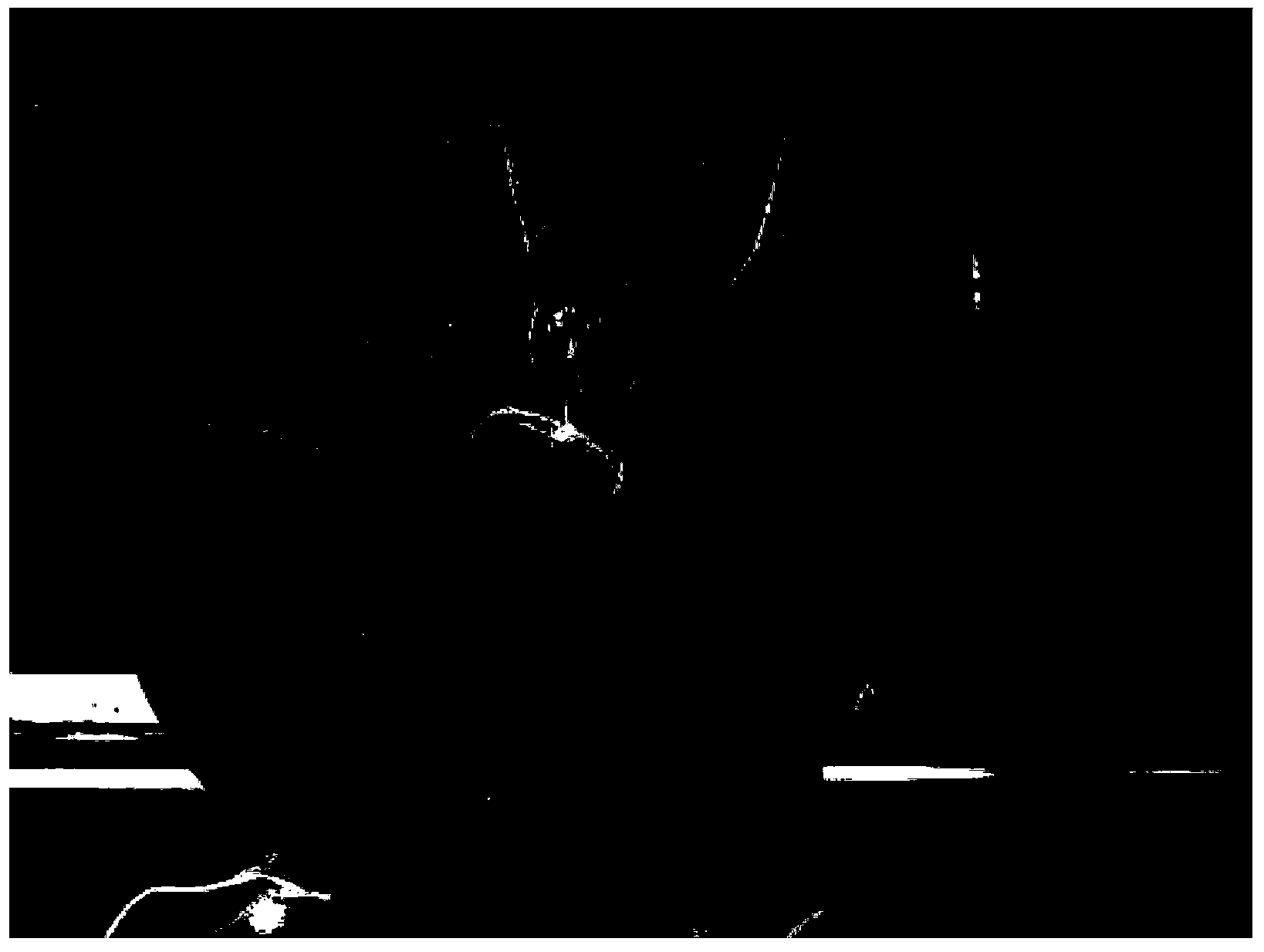Method for improving salt stress resistance capacity of plants
A salt stress, plant technology, applied in the field of improving the ability of plants to resist salt stress, can solve the problems of reducing the performance of salt stress resistance of plants, and achieve the effect of improving the salt resistance of plants and improving the ability of plants to resist salt stress
- Summary
- Abstract
- Description
- Claims
- Application Information
AI Technical Summary
Problems solved by technology
Method used
Image
Examples
Embodiment 1
[0036] Example 1, Extracting Arabidopsis Genomic DNA
[0037] Reagent:
[0038] Lysis Buffer: Tris-HCl, pH8.0 (0.2M); Urea (7M); Sodium Lauryl Sarcosine (2%); EDTA (0.05M) Steps:
[0039] (1) Put an appropriate amount of green leaves or flowers of the plant in a 1.5ml centrifuge tube, add 200μl of lysate, grind it into a slurry with a small rod, and then wash the small rod with 400μl of lysate.
[0040] (2) Add 600 μl of phenol-chloroform and shake vigorously for 20 seconds to denature the protein.
[0041] (3) After centrifuging at 12000rpm for 5 minutes, take the supernatant.
[0042] (4) Add 50 μl of sodium acetate and 600 μl of isopropanol, mix well, and centrifuge at 12,000 rpm for 5 minutes.
[0043] (5) Remove the supernatant, and dissolve the pellet in 400 μl TE (Tris-EDTA).
[0044] (6) Add 40μl 3mol / L NaAC (PH5.2), 1ml absolute ethanol, mix well, and centrifuge at 12000rpm for 5min.
[0045] (7) Remove the supernatant, wash the precipitate once with 70% ethanol,...
Embodiment 2
[0047] Example 2 (a), PCR method to obtain the target gene fragment
[0048] (1) Using the Arabidopsis DNA extracted in Example 1 as a template
[0049] The polynucleotide sequence of URO gene is shown as sequence 1 in the sequence listing.
[0050] The polynucleotide sequence of the promoter is shown as sequence 2 in the sequence listing.
[0051] (2) Primer design
[0052] According to the URO gene and its promoter sequence, and the convenience of purchasing and cloning, design a pair of primers, URO-F and URO-R, wherein the former primer has a restriction endonuclease site for Xhol, and the primer sequence is :
[0053] Upstream primer URO-F: 5' ctc gag atg aac cac cgg gac aaa c, as shown in SEQ ID NO: 3.
[0054] The downstream primer URO-R: 5'tta atg atg acg atg acc g is shown in sequence 4.
[0055] (3) PCR amplification of the target fragment
[0056] PCR reagent: KOD-Plus enzyme was purchased from TOYOBO company
[0057] PCR reaction system:
[0058]
[0059...
Embodiment 3
[0075] Embodiment 3, the cloning of PCT product
[0076] Reagent: The T-Vector used is pMD18-T Simple Vector, purchased from Takara
[0077] Connection system:
[0078]
[0079] Place the ligation system at 4°C or 16°C overnight, or at 25°C for two hours to obtain a recombinant plasmid.
PUM
 Login to View More
Login to View More Abstract
Description
Claims
Application Information
 Login to View More
Login to View More - R&D
- Intellectual Property
- Life Sciences
- Materials
- Tech Scout
- Unparalleled Data Quality
- Higher Quality Content
- 60% Fewer Hallucinations
Browse by: Latest US Patents, China's latest patents, Technical Efficacy Thesaurus, Application Domain, Technology Topic, Popular Technical Reports.
© 2025 PatSnap. All rights reserved.Legal|Privacy policy|Modern Slavery Act Transparency Statement|Sitemap|About US| Contact US: help@patsnap.com



